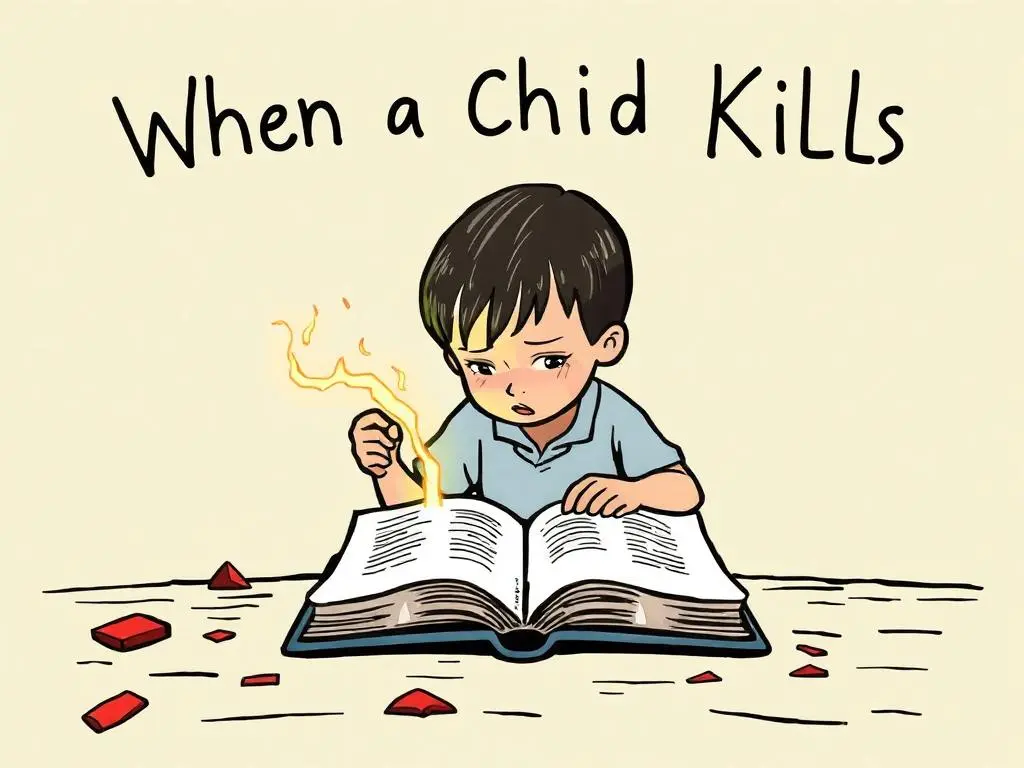A Lesbian Whos Not a Lesbian Walks Into a Bar, and ...

THE LUCKY STAR
By William T. Vollmann
Across three decades and two dozen volumes of immersive fiction and nonfiction, William T. Vollmann has traversed landscapes of impossible beauty and extreme degradation, returning to produce exhaustive works on war, poverty, disasters, despots, immigrants, activists, sadists, scientists, martyrs, con artists, artist-artists and prostitutes — many, many prostitutes.
His latest novel, “The Lucky Star,” is part of a “transgender trilogy” that includes “The Book of Dolores,” from 2013 — a collection of words and photographs about Vollmann’s cross-dressing that its publisher categorizes as “Art/Documentary/Freaky Deaky” — and the yet-to-be-published novel “How You Are.” But “The Lucky Star” is also of a piece with “Whores for Gloria,” “The Rainbow Stories” and “The Royal Family,” earlier fictions informed by the author’s firsthand experiences, interviews and close counsel with cops, doctors, barkeeps, performers, clergymen and prostitutes — many, many prostitutes.
The book’s one-line synopsis might go: A lesbian who’s not a lesbian walks into a bar, and heaven and hell break loose. More specifically, the lesbian who’s not a lesbian — she picked up the appellation in high school, converting an insult into an identity — walks into a bar and instantly becomes the object of obsession to a clutch of characters, most of whom desire her, some of whom scorn her, all of whom cannot stop blabbering about her. Through their voices, Vollmann gives a documentary accounting of life on the margins, riffing on such themes as bigotry, idolatry, gender fluidity, vulnerability, consent, resilience and love.
His characters dwell mostly in the dive bars and low-rent hotel rooms of San Francisco’s Tenderloin district. Among them are Judy, née Frank (after Judy Garland, née Frances Gumm), a “sloppy, fat,” masochistic trans woman who turns tricks and dreams of “feminine success, which she would have defined as lustful attention”; Judy’s regular “date,” a sadistic, cynical retired policeman fond of spanking, spewing insults and telling war stories; a flinty barkeep who dispenses mind-altering substances that stoke, inflame and sustain her needy patrons; and a participant-narrator who offers play-by-play commentary and discursive observations on the drama — so much drama! — committed by all.
Then there’s Neva, the star around which the characters orbit, whose brutal, brilliantly rendered back story includes a sexually abusive mother, an eating disorder and a ravishment so intense, she comes out the other side a “goddess.” In Vollmann’s conception she is “a sexualized female Jesus … tremendously damaged, but radically powerful thanks to unstinting self-sacrifice.” What does this sacrifice entail? Neva sets up in a room not far from the dive where the rest of the cast regularly gathers and invites any takers to love and be loved, day and night, gratis. Her disciples worship her tenderly, violently, desperately. She in turn serves as vessel for their insecurities, lust and rage, and attends to their kinks with preternatural skill.
“We called Neva the bodhisattva,” the narrator explains, “the saint who after dying and being rewarded with heaven could not endure to stay there, but … set out straight for hell to be with the eternally afflicted and oppressed.” But are Neva’s affectionate murmurings, fleshly ministrations and feats of surrender sincere? Or is she simply the best fake ever?
This question is posed by the novel’s more skeptical characters, including the retired policeman, whose mission to expose something criminal or otherwise damning about Neva’s past provides a rather impotent plotline. Impotent because the sad details of Neva’s life are spilled early, which makes any news to the characters no news to the reader. But also because, really: Are we to believe that the addicts, loafers and ladies of the night who attend the Church of Neva will really be gotten by a “gotcha”? As one says: “We all have dirty secrets when we’re young. Then we get older and we realize everybody else has had them.”
So what’s driving this train? Vollmann writes in an afterword of his aspiration to give hope to “anyone who suffers the shame and isolation associated with nonconforming sexual identity,” and says that with this novel, he’s tried to portray the “beautiful female strength” exhibited by the “trannies, lesbians, showgirls” who provided so much of his source material. Noble goals, for sure. But his narrative strategy threatens to derail them.
“The Lucky Star” is gilded with the signature Vollmann brew of erudition, irony, mysticism and banality. References to Judy Garland and Natalie Wood appear alongside quotations from Colette, Thoreau, “The Gnostic Bible,” “The Gospel of Buddha,” Greek and Sufi poetry, “The Egyptian Book of the Dead,” a Catholic hermeneuticist, Finnish folk tales and dated scholarship with titles like “Female Homosexuality: A Psychodynamic Study of Lesbianism.” Yet in this novel pain is omnipresent, and only orgasmic pleasure (sometimes in the form of more pain) can turn things, fleetingly, right-side up. So we are also given a torrent of sex — sex that is often deadeningly unsexy, an exercise in desensitization through repetition.
Indeed, two-thirds of the way into the book, after hundreds of pages of tongues gliding, organs throbbing, nipples hardening, bodies rutting, lips opening and mouths guzzling, the narrator invokes a letter — apparently real, addressed to Vollmann from his longtime editor — saying: “To be honest, I do wonder whether some readers will simply tire of, for example, all the climaxing.” To be honest, this reader did.
Vollmann’s prose can be evocative (one character has “hair like ferns and waterfalls”) and deliciously incisive (on domestic ennui: “Those housewives’ thoughts had been interrupted so many times for so many years that it felt easier not to think”). But it is just as often clunky, flat, absurdly ornate (“My ecstasies were eternally varying yet never unheavenly, like a single great hoard composed of the tiny lovely irregularities of golden Visigoth coins”) or plain bad (Judy pleasures another character, “her head moving up and down like a seal’s black head among dark kelp”).
With each passing page, I was more likely to groan not from pleasure but from boredom. This applied to the climaxing, but also to the chatter: the gossip, the confessions, the barside bromides, the characters’ ceaseless whining and rehearsals of anxieties and slights. Although eliciting boredom may be the point — look, bonking can be as stultifying as working for the I.R.S.! — it’s not the strongest sell.
A problem deeper than boredom nagged at me, though. “The Lucky Star,” like its author, is fixated on femininity and the ways it is performed by humans, consciously and unconsciously, regardless of the sexual equipment with which they were born. Noting the “sorrow” of people, straight and queer, who “seek to ‘sell themselves,’ performing allure,” Vollmann seems to want to restore balance, assign dignity, to those hobbled by a toxic standard. Maybe he would argue he has empowered his feminine characters by giving them voice, by rendering them in all their magnificent pathos. But this is a difficult idea to swallow in a novel where femininity is inextricably, exuberantly linked with miserable yearning and sexual objectification.
I counted only one moment when a character cried “misogyny.” If Vollmann’s vérité portraits are meant to stand alone as critique — if he is crying “misogyny,” too — he has drowned himself out in an avalanche of piteousness and porn. Neva’s most devoted followers may believe in the healing powers of her love. I, for one, remained an atheist.




